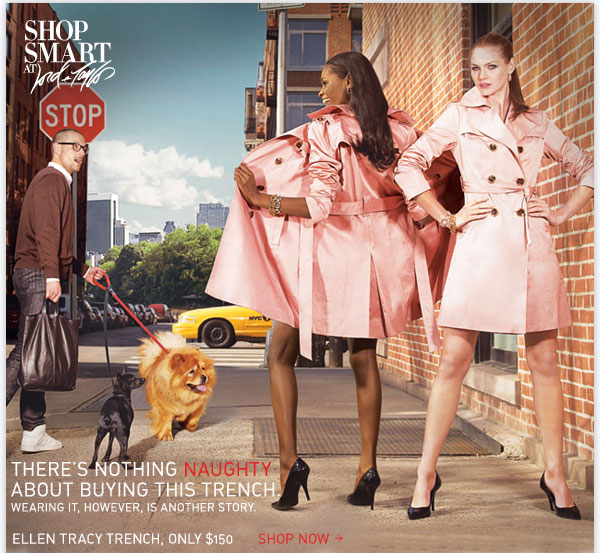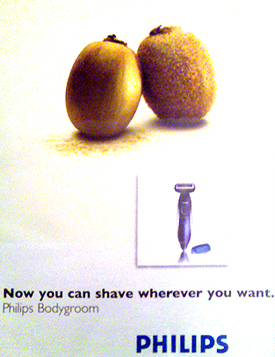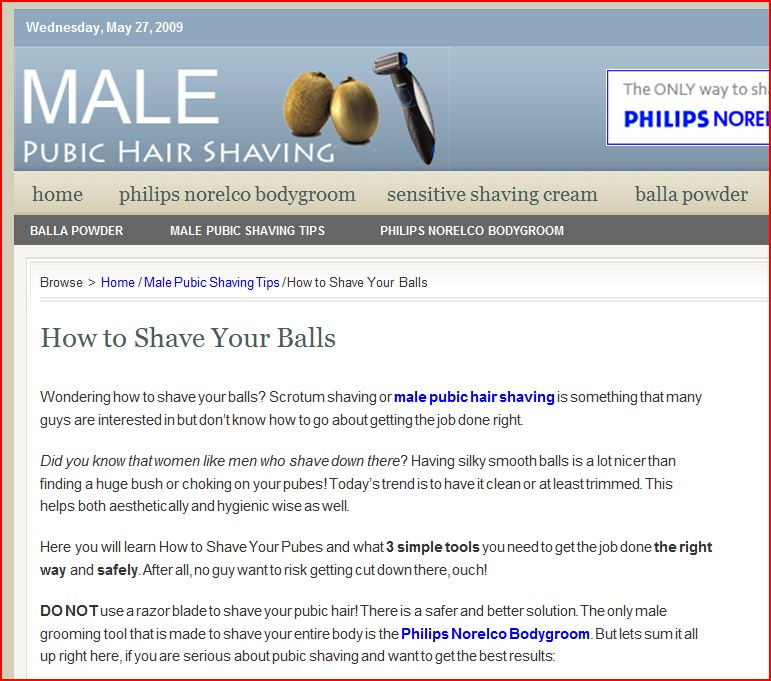Genderkid sent in a link to a story in The Morning News about the Teen and Transgender Comparative Study, an art installation by Charlie White at the Hammer Museum in L.A. A description from the story:
The series is a correlation of two stages of transformation, pairing teen girls (12-14) with like adult [transgender] male-to-female…
More from The Morning News:
In the images in White’s series, both figures are blossoming into womanhood, though each along a different path. As observers, however, we have been taught to view the subjects in much the same way: with sheer terror.
For just as the original 1950s Invasion of the Body Snatchers warned of Communism’s impending doom, and stories of men with hooks were concocted to frighten young girls from riding in cars with boys, so often have Hollywood summer comedies acted as cautionary tales for the male who would cast his desire toward either the pubescent or transgendered woman. Because in the right skirt or the right application of makeup, each has proved alluring to our hero…
Indeed, both sexy underage girls and transgender women who “fool” unsuspecting men are often portrayed as threats to (straight, adult) men. The “Lolita” figure is long-standing, and portrayals such as the Ally McBeal plotline in which a man falls in love with a transgender woman without knowing she is trans present the possibility of men being “fooled” into having sexual or even long-term romantic relationships with a transgender woman. Both teen girls and trans women are threatening and can get a guy in trouble.
Of course, we’re more accepting of one of these types of trouble than the other, and we shouldn’t be surprised that trans individuals who are “discovered” may face dire consequences for “fooling” men who have an intense investment in a rigid type of heterosexual identity and fear ridicule by peers, such as the three men who killed a transgender teen in California. (And I don’t mean to imply here that women don’t ever feel uncomfortable with or attack trans individuals, but the murders I’m aware of all included male perpetrators.)
Anyway, it’s a pretty fascinating set of images. Thanks, genderkid!
UPDATE: Commenter EGhead says,
This analysis also neglects that society insistently refuses to acknowledge transgendered women as women, even though they are, while insistently acknowledging girls as women, even though they aren’t.
Fair enough–I think that’s a good point.
Gwen Sharp is an associate professor of sociology at Nevada State College. You can follow her on Twitter at @gwensharpnv.






